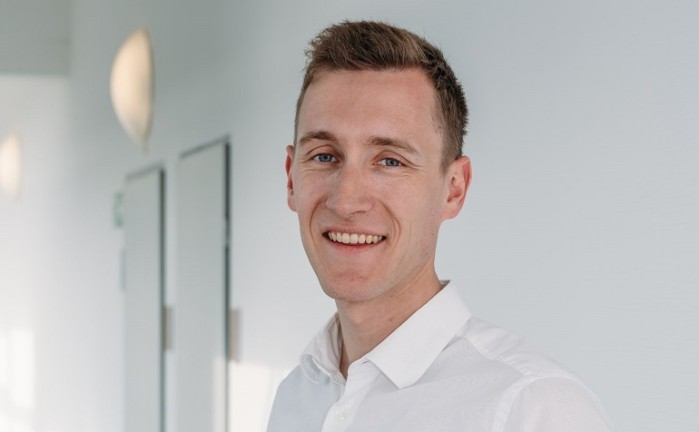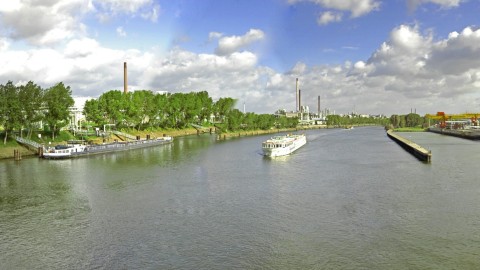Interview with Maximilian Gahmig, responsible for drinking water hygiene compliance
We spoke with Mr. Maximilian Gahmig, Infraserv expert responsible for maintaining drinking water hygiene in a large number of buildings at Industriepark Höchst, one of Europe's largest chemical and pharmaceutical sites.




